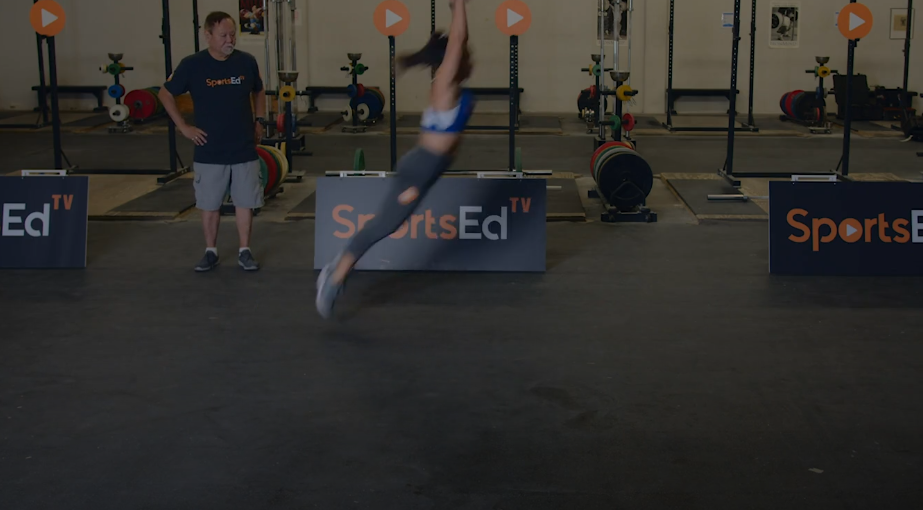Strength And Conditioning, Weightlifting
Welcome and thanks for visiting...

JUMPING, HIP EXTENSION AND HIP FLEXION: What Really Determines Explosiveness?

The Obsession with Vertical Jumps and Box Jumps
In recent decades, athletes in CrossFit, fitness, weightlifting, and explosive sports have become increasingly fascinated with vertical jumping ability, especially box jumps. While visually impressive, this focus often overlooks what these jumps truly measure.
Lessons from the Bulgarian Weightlifting Program
Back in the 1980s, the Bulgarian weightlifting system was widely considered the pinnacle of performance training. It was rumored that national team qualifiers had to box jump onto platforms at nipple height—a staggering feat. Inspired by this benchmark, American lifters attempted to match or exceed it.
At the Olympic Training Center (OTC), Guy Carlton and Albert Hood managed to jump onto platforms at clavicle height. Jeff Michels, the USA’s top lifter at the time, recorded a 39-inch vertical jump, the highest ever measured by sports scientists at the OTC for any Olympic athlete.
Why Box Jump Height Can Be Misleading
Box jumps are often used as a proxy for vertical jump power, but they aren’t a pure measure of explosive hip extension. That’s because box jumps rely heavily on how quickly an athlete can flex the hips and knees to bring their feet onto the box, not just how high they elevate their center of mass.
Athletes with good hip/knee flexion speed and hamstring mobility may appear to jump higher than they actually do. This is a crucial distinction for strength coaches and sport scientists focused on measuring true power development.
Hip and Knee Flexion Has Value—But Not for Measuring Power
While rapid hip and knee flexion may distort box jump results, it is beneficial in Olympic lifts. It directly enhances an athlete’s ability to drop quickly under the bar during the snatch and clean, making it a valuable motor skill, but not a direct measure of vertical jump power.
Standing Long Jumps vs. Box Jumps
Unlike box jumps, standing long jumps depend exclusively on hip extension and flexion, not the ability to tuck or land on a platform. One standout athlete, Cal Schake, could leap from the center of one Olympic lifting platform to the next, clearing 12 feet at a time across 10 platforms. That’s a clear showcase of true explosive power.
See video here
Measuring True Vertical Jump Height: Use the Vertec or Video
When it comes to accurately measuring vertical jump, the Vertec remains a reliable tool, provided the athlete starts with proper shoulder positioning. Cheating the setup (e.g., not fully extending the shoulder) can artificially inflate results.
Still, the gold standard is video analysis that tracks the vertical displacement of the hip joint from a standing position to the jump’s peak. This method isolates the contribution of hip and knee extension and plantar flexion, providing a clearer picture of true athletic explosiveness.
Why Proper Jump Testing Matters for Talent ID
When done properly, vertical jump testing is one of the most powerful tools for talent identification, especially when the athlete hasn’t trained specifically for jumping. A well-measured jump can provide valuable insight into muscle fiber composition, motor unit recruitment, and athletic potential.
What’s the Real Lesson on Vertical Jumps?
The key takeaway is this:
Box jump height can be deceiving. It often measures how quickly and efficiently an athlete can flex their hips and knees, not how powerfully they can extend them.
To assess true explosive strength, coaches and scientists must measure hip elevation, not box height. The best methods include Vertec testing with proper form and video-based analysis of hip displacement. These techniques isolate real vertical jump ability, which is a meaningful indicator of power, performance potential, and athletic talent.









